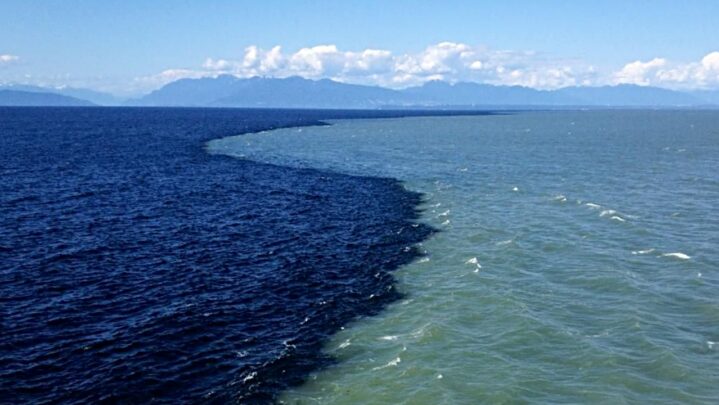On Earth, there are five oceans: the Atlantic, Pacific, Indian, Arctic, and Antarctic Oceans, all of which are united to form a single body of water. The International Hydrographic Organization, like state borders, has clearly delineated the boundaries of the five oceans.
Boundaries of the 5 oceans
The Pacific Ocean, the world’s largest ocean, stretches from Antarctica to the Arctic Ocean. The Atlantic Ocean, the world’s second-biggest ocean, stretches from the Antarctica Ocean between the Americas to the Arctic Ocean, passing via Africa and Europe. From the Antarctica Ocean to India, the Arabian Peninsula, and Southeast Asia, the Indian Ocean, the world’s third-biggest, stretches northward.
Because the continent here is scattered, the Arctic Ocean’s borders are more difficult. The Arctic Ocean covers the North Pole in general, touching North America in the Western Hemisphere and Scandinavia and Siberia in the East. It connects to the Atlantic Ocean between Greenland and Iceland, then to the Pacific Ocean at the Bering Strait.
The Southern Ocean’s boundary is the clearest, forming a complete circle around Antarctica that runs parallel to the 60th parallel.
Where do the oceans meet?
1. Atlantic and the Pacific Oceans
The Atlantic and Pacific Oceans’ boundaries are the most visible places to observe the waters of the two oceans meet. Cape Horn, in southern Chile, is where the Atlantic and Pacific Oceans meet.
2. Atlantic and Indian Oceans
At Cape Agulhas, Africa’s southernmost point, the Atlantic and Indian Oceans meet.
3. The Indian and Pacific Oceans
The Indian and Pacific Oceans converge at South East Cape, Australia’s main island of Tasmania’s southernmost point.
Keep reading successyeti.com
Also Read: Facts & Statistics Of Bipolar Disorder That You Should Know





